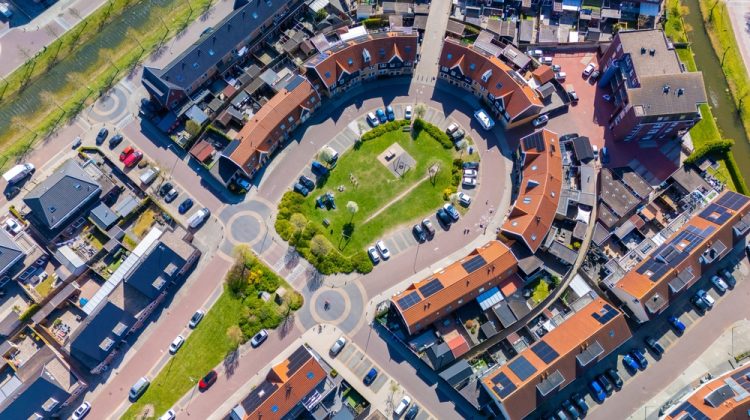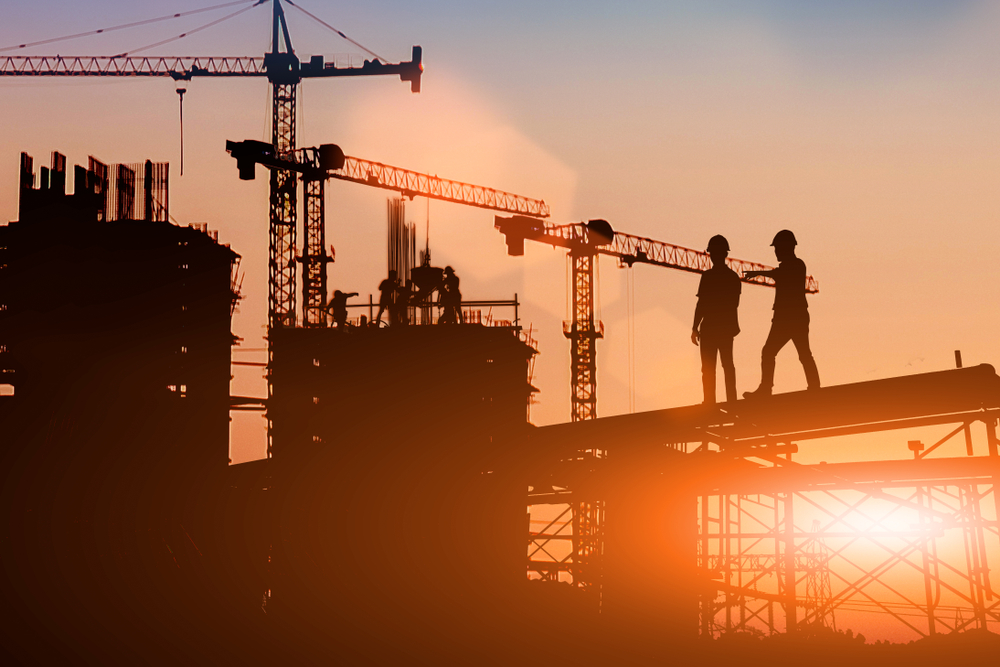
Water Pollution Prevention in Construction
Water Pollution Prevention in Construction
Water is one of the most valuable natural resources on our planet. However, construction activities often contribute to its contamination through improper waste disposal, soil erosion, and chemical runoff. Implementing effective water pollution prevention strategies is essential to protect this vital resource and ensure sustainable project development.
Modern construction companies are now adopting eco-friendly techniques to minimize water contamination. With proper planning and technology, water pollution prevention can significantly reduce environmental damage and help achieve long-term sustainability goals.
Understanding Water Pollution in Construction
Water pollution in construction occurs when sediments, chemicals, or waste materials from building sites enter nearby water bodies. This can happen through stormwater runoff, accidental spills, or unregulated discharge of wastewater.
Without proper water pollution prevention measures, construction sites can release harmful substances such as oils, paints, cement slurry, and debris into rivers, lakes, and groundwater. These pollutants not only harm aquatic life but also affect public health and water availability.
Major Causes of Water Pollution on Construction Sites
To develop effective water pollution prevention methods, it’s important to identify the common sources of contamination:
1. Sediment Runoff
Excavation and grading loosen soil, which rainwater can wash into drains or nearby water bodies. Sediment increases turbidity and disrupts aquatic ecosystems.
2. Chemical Spills
Leaks from fuels, lubricants, and construction chemicals can quickly contaminate surface and groundwater.
3. Concrete and Cement Waste
Cement wash water contains high pH and toxic compounds that can harm fish and vegetation if discharged untreated.
4. Poor Waste Management
Improper disposal of debris, plastics, and packaging materials can clog drainage systems and pollute waterways.
5. Lack of Site Drainage Planning
Inadequate site grading and stormwater management often lead to uncontrolled runoff, a key challenge for water pollution prevention.
Effective Water Pollution Prevention Techniques
Adopting sustainable construction practices is key to minimizing water contamination. Below are proven water pollution techniques every site should implement:
1. Sediment Control Measures
Using sediment fences, traps, and retaining ponds helps capture soil and prevent it from entering nearby water sources. Vegetative cover or mulching can also stabilize exposed soil.
2. Stormwater Management
Proper site drainage systems, rainwater harvesting setups, and permeable pavements help manage runoff and promote groundwater recharge.
3. Safe Storage of Chemicals and Fuels
Store chemicals and fuels in designated, covered areas with secondary containment to prevent accidental leaks.
4. Wastewater Treatment
Install temporary treatment systems for washing water and concrete slurry before discharge. This is one of the most effective water pollution prevention methods.
5. Material Recycling and Reuse
Reusing construction materials reduces waste generation and prevents pollutants from entering the environment.
6. Worker Awareness and Training
Educating workers about water pollution practices ensures compliance and responsible handling of materials.

Benefits of Water Pollution Prevention
Implementing water pollution prevention measures offers multiple environmental and economic advantages:
-
Protection of Water Resources: Maintains clean rivers, lakes, and groundwater.
-
Health and Safety: Reduces risks of contamination-related illnesses.
-
Regulatory Compliance: Meets pollution control standards and avoids penalties.
-
Sustainability Goals: Contributes to green building certifications like LEED.
-
Community Trust: Demonstrates environmental responsibility and builds a positive reputation.
In short, water pollution prevention is not just good for the planet—it’s good for business too.
Water Pollution Regulations in India
The Government of India has introduced strict guidelines to minimize water pollution from industrial and construction activities. The Central Pollution Control Board (CPCB) monitors compliance under the Water (Prevention and Control of Pollution) Act, 1974.
Builders must ensure proper wastewater treatment, stormwater management, and waste disposal at all construction sites. Non-compliance can result in legal action, fines, or even project suspension. Following these laws ensures a cleaner environment and aligns with sustainable construction principles promoted by the Indian Green Building Council (IGBC).
Integrating Water Pollution Prevention with Green Construction
True sustainability goes beyond energy and waste management—it also includes water pollution . Incorporating rainwater harvesting, natural filtration systems, and eco-friendly materials helps reduce contamination and conserve resources.
Combining water pollution prevention with other strategies like dust control measures, noise pollution management, and resource efficiency ensures a holistic approach to environmental protection.
Partner with Experts in Sustainable Construction
At AMS India, we focus on eco-friendly construction solutions that prioritize water pollution and sustainable development. Our team implements advanced stormwater systems, sediment control methods, and waste treatment processes to protect natural resources and ensure compliance with environmental standards.
Partnering with experts like AMS India ensures your projects are not only successful but also environmentally responsible.
Conclusion
Water pollution in construction is essential for protecting natural ecosystems and public health. Through proper planning, training, and innovative technologies, builders can significantly reduce water contamination and support sustainable growth.
By making water pollution a priority, the construction industry can contribute to cleaner water, greener cities, and a healthier future for all.
Read more related articles to enhance your knowledge and make informed decisions
Cost-Effective Modular Construction: Fast, and Sustainable Building Solutions
Smart Modular Buildings: Innovative, Efficient, and Sustainable Construction








